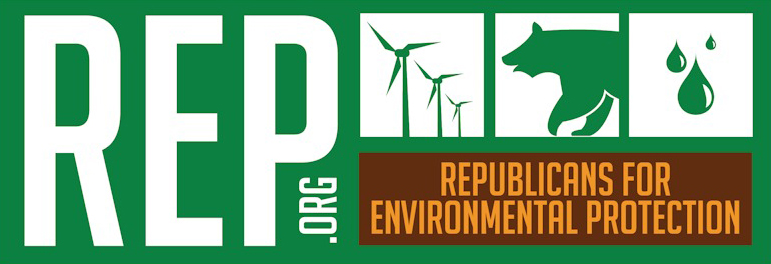Climate Change
By BILL MCLAUGHLIN, a member of REP’s Board of Directors
AN HISTORICAL DOCUMENT: Bill gave this speech at the Santa Ana River Watershed Conference in Ontario, California, on January 29, 2009.
xx
Climate change or global warming is a phenomenon that has generated considerable controversy over the last 30 years. It has been discussed on both political and scientific levels, with a great deal of mutual incomprehension and misunderstanding.
On a scientific level, there is little dispute among serious, credentialed researchers that greenhouse gas emissions from burning oil and other fossil fuels is altering the global climate. Changes in global climate are likely to result in serious consequences, such as a reduction in the snowpack and water flows that provide Southern California with a significant portion of its water supply.
On the political level, stakeholders include fossil fuel suppliers, along with those concerned about the costs of reducing emissions and mitigating the impacts of unavoidable climate change that are already in the pipeline. The other side of the political argument has gradually grown to include environmentalists, farmers with less water year after year, water suppliers, and entrepreneurs who develop systems that reduce the amount of greenhouse gases necessary to generate the energy we all need.
The climate problem is, at heart, an energy problem. Using energy more efficiently, and producing energy from low-carbon and zero-carbon sources will reduce green house gas emissions. Along the way companies taking such action have learned they can save millions in cost by conserving energy.
Since the effects of climate change are complex and will develop over time and since the economic consequences are potentially far-reaching, many politicians have been reluctant to act — particularly those receiving major campaign contributions from some of the stakeholders. The political dynamic has been strikingly similar to the earlier efforts to make it clear that smoking is not good for your children. Governor Schwarzenegger has been a leader in trying to get proper recognition of the severity of the threats facing us and working with the Legislature to pass legislation to reduce emissions.
Regarding the science, the current reality is the vast majority of atmospheric scientists in the world and, most certainly, all those official U.S. government scientific agencies involved see climate change as a real phenomenon, a major threat to our way of life and caused, to a significant degree, by human actions. Colin Powell, our former Secretary of State, said it represents the greatest threat to our way of life except the threat of nuclear war. Pretty strong words indeed. No matter what action is taken starting today, it is too late to stop it. There is already a significant amount of climate change in the pipeline. We can and should attempt to reduce the severity of its impact and adapt, as well as reduce emissions so we don’t make the problem even worse. Emissions must be reduced worldwide, but the corrective actions are local and must occur everywhere.
The effects of climate change vary by location and time. The biggest immediate impacts have occurred in the polar regions, where permafrost is thawing, sea ice is retreating more each summer, and glaciers are receding.
A 2008 report from the European Environment Agency shows that Europe has warmed more than the global average. More frequent and intense heat waves have been occuring, resulting, in some years, in tens of thousands of fatalities.
Here in the U.S., scientists have observed numerous impacts: increases in sea level, changes in the timing of seasonal changes, and changes in river flows. Persistent drought in the West has serious implications for all aspects of water usage and storage.
It is predicted that the population of the Santa Ana River Watershed will gradually grow from its current 5 million to about 10 million by 2050. If our water usage remains the same on a per capita basis, we would need twice as much water as today. Even with a maximum effort at conservation, some additional water will be needed.
Our national forests are changing because of increasing temperatures. Just last week, the Los Angeles Times and Wall Street Journal were quoting Forest Service and USGS data showing our trees are living shorter lives because attacking beetles are thriving at our slightly higher temperatures. Also, in the San Bernardino National Forest, we are seeing dieoffs of some varieties of trees at lower elevations coupled with some newer, smaller trees of the same varieties at higher elevations .
The bottom line is the scientific arguments are over. Climate change is here. It will result in less water from our current sources as well as other effects, while we see a significant increase in population.
The political arguments remain. Time is short to adopt the measures we need to reduce greenhouse gas emissions — more energy efficiency and the greater use of low-carbon and zero-carbon fuels and energy sources for transportation, power generation, and industrial energy needs.
The time is now to start planning for a warmer, drier world, with all the implications that has for water supply and watershed management here in the Santa Ana River Watershed and in river basins elsewhere in California and in the nation.
Return to THINGS WE FIGHT FOR: CLEAN AIR, CLEAN ENERGY, AND A STABLE CLIMATE
Return to REP’S HISTORY: PART 3
Return to top of page
